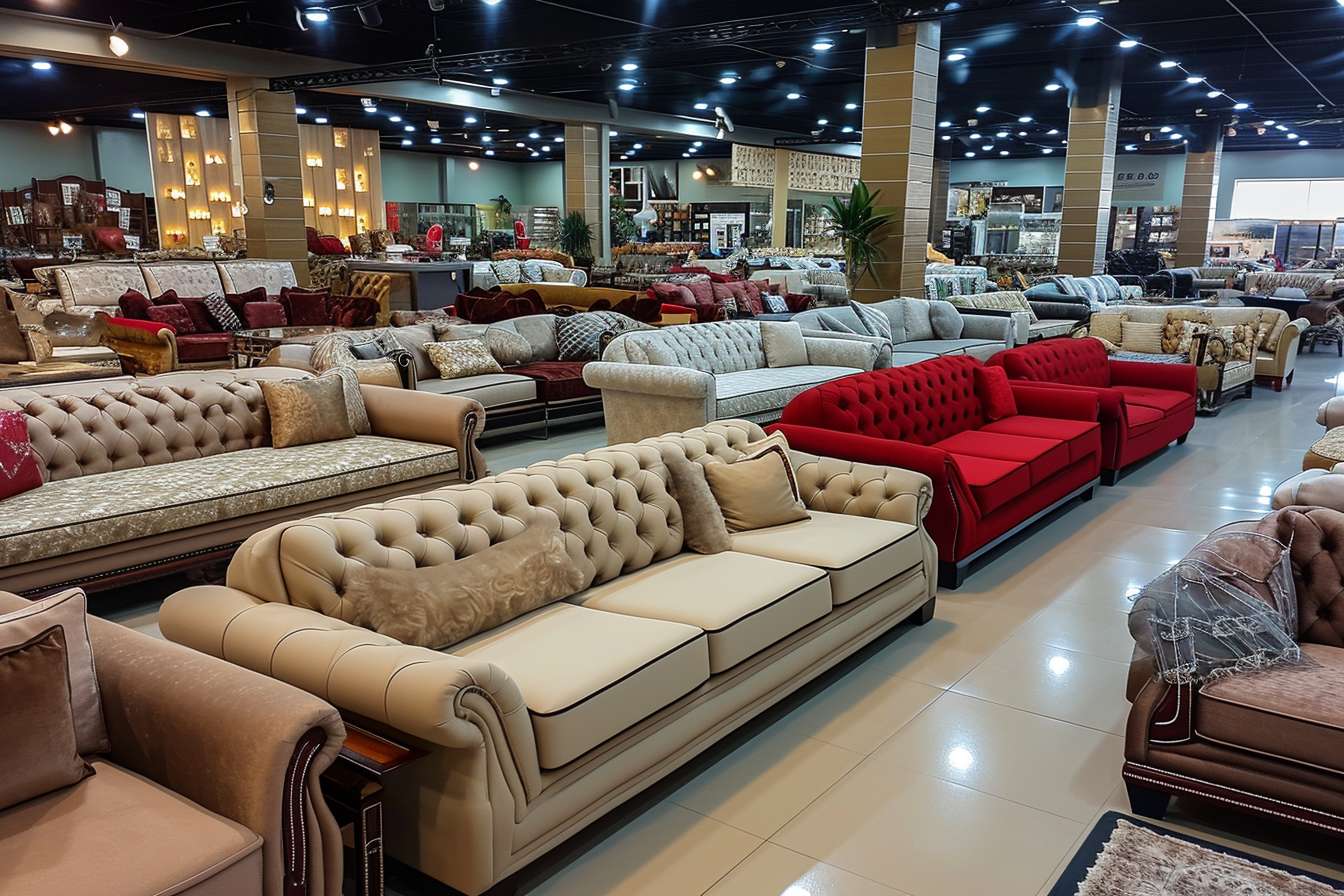Smart Furniture Buying: How to Score Quality on a Budget
Furnishing your home on a tight budget is doable with the right approach. This guide walks you through evaluating used furniture, building a smart furniture budget, planning your space, and finding discounts from outlets to online marketplaces. Learn practical tips to buy durable, stylish furniture without overspending.

Furnishing a home can feel overwhelming when funds are limited, but thoughtful decisions go a long way. With careful inspection, realistic budgeting, and strategic shopping, you can build a comfortable, attractive space without breaking the bank. The following guide covers how to assess used pieces, set priorities, plan your layout, and locate high-quality furniture at discounted prices.
Inspecting Used Furniture: Key Checks
When buying secondhand furniture, a close inspection is essential. Start with the frame: examine joints, screws, and dowels for tightness and signs of repair. Solid wood frames generally outlast particle board, so look for dense wood grain and weight that suggests real timber. Check legs and underside supports for cracks or wobble that could indicate structural problems.
For upholstered items, lift cushions and look underneath for the condition of the springs and webbing. Inspect fabric for stains, tears, sun-fading, or lingering odors. Don’t hesitate to smell the piece; persistent mildew or strong chemical smells can be difficult to remove. Open drawers and doors to test smooth operation and listen for grinding or sticking.
Ask the seller about the piece’s history: how long they’ve owned it, whether it lived in a smoke-free home, and whether any repairs were made. Look for manufacturer stamps or labels that might indicate quality or allow you to research the maker. Many well-built used pieces can deliver years of reliable service at a fraction of the new price if they’re structurally sound.
Creating a Practical Furniture Budget
A realistic furniture budget balances current needs and long-term value. Allocate a larger share of spending to high-use items like sofas and beds, where durability and comfort matter most. Less frequently used pieces — side tables, accent chairs, or decorative items — can be purchased more conservatively.
A common rule of thumb is to reserve about 10 to 15 percent of your overall home budget for furniture. Adjust this percentage based on priorities: if you plan to stay in your space for many years, investing more in key pieces makes sense. Also include ancillary costs in your budget: delivery fees, professional assembly, cleaning or restoration for used finds, and applicable taxes.
Planning Your Space Before You Buy
Before shopping, measure rooms and doorways and sketch a floor plan to visualize how pieces will fit and how traffic will flow. Consider sightlines and focal points so each piece contributes to the room’s function and aesthetic. A well-measured plan prevents costly returns and frequent re-purchases.
Make a priority list separating essentials from wishlist items. Essentials typically include a bed, primary seating, and dining surface. Spreading purchases over time allows you to buy higher-quality pieces for the most important spots while filling in with budget-friendly options later. This staged approach curbs impulse buying and ensures every purchase has a purpose.
How to Find Quality Furniture at Discount Prices
There are several effective strategies to score quality pieces for less. Watch for floor models and showroom samples; these are often deeply discounted and show how the item performs over time. End-of-season sales and clearance events can yield big savings, particularly when retailers make room for new inventory.
Subscribe to retailer newsletters and follow stores on social media to access exclusive discounts and early sale alerts. Outlet stores and warehouse clearances offer markdowns on overstock and discontinued lines. Don’t overlook price-matching policies — armed with research, you may secure the best price without waiting for a sale.
Online marketplaces and consignment shops are treasure troves for unique, well-made furniture. Platforms that allow local pickup can reduce delivery costs. When negotiating with private sellers, be polite but firm: you can often save substantially by offering a reasonable cash price or agreeing to pick up the item yourself.
If you find a piece that needs cosmetic attention, factor restoration costs into your offer. Simple repairs or new upholstery can transform an inexpensive find into a near-custom piece at a fraction of the cost of buying new.
| Retailer Type | Price Range | Best For |
|---|---|---|
| Big Box Stores | $100-$1,000 | Basic furniture, starter pieces |
| Department Stores | $500-$3,000 | Mid-range furniture, complete sets |
| Specialty Retailers | $1,000-$5,000+ | High-end pieces, custom options |
| Consignment Shops | $50-$1,500 | Unique pieces, vintage furniture |
| Online Marketplaces | $75-$2,000 | Various options, competitive pricing |
Prices, rates, or cost estimates mentioned in this article are based on the latest available information but may change over time. Independent research is advised before making financial decisions.
Final Tips for Smarter Purchases
Balance immediate savings with long-term value by prioritizing quality where it matters. Check warranties and return policies, and always ask whether delivery and assembly are included. When possible, test seating and mattresses in person to confirm comfort.
Keep a running list of potential purchases and set alerts for price drops. Combine strategies: buy durable essentials new or lightly used, add character with consignment or thrift finds, and finish with budget accessories that bring personality without a large investment. With preparation and patience, you can create a stylish, functional home that fits your financial goals and lasts for years.






